‘New and fresh’ is our motto for spring, whether that means sprucing up our wardrobe, rearranging our living quarters or changing up our tired cooking repertoire. The same goes for the wines we drink: with lighter, simpler fare, we crave lighter, more refreshing wines. Keep your big whites and heavy reds bottled up in the cellar, and read on for recommendations that jibe well with spring veggies, fresh seafood and fruity desserts.
Make It Sparkle
To be honest, we would recommend a good sparkling wine any time of year, as they’re incredibly compatible with a variety of foods. Sparkling wines have an abundance of something sommeliers love because it makes their job so much easier: acidity. Acidity has a mouth-watering effect on the palate (just bite into a lemon to test that) and balances out any oily, rich or salty components in food. Acidic wines ‘cut through’ oiliness in food and makes your palate feel cleansed and ready for the next bite. The effervescence – the sparkle – amplifies this refreshing sensation. Added bonus: the alcohol content of sparkling wines is moderate, making it an excellent aperitif option.
Our Sip Tips:
A classic Blanc de Blancs Champagne is a match with spring vegetables in a light tempura batter.
A Franciacorta Satèn with an elegant bubble is lovely with an asparagus and radicchio risotto.
Try a glass of Rose Cava with these simple cheese straws or slices of Iberian ham.
Pop open a Crémant de Loire with an asparagus, goat cheese and prosciutto pizza.
A Prosecco Superiore Conegliano Valdobbiadene (the more premium version of Prosecco) matches well with a selection of rich, creamy cheeses such as camembert, brie or fontina.

‘Cool Climate’ Is The Word
In spring, we celebrate the season’s bounty with green vegetables, salads and fresh seafood. Dishes that are, in essence, quite delicate. Sommeliers always think about balance in pairing food and wine, and so a delicate dish needs a delicate wine: one that is light- to medium-bodied and low in alcohol. Our tip: seek out ‘cool climate’ wines.
You might’ve heard the term, referring to wines from regions with cooler temperatures. They tend to be light in both body and alcohol content, with – there’s the magic word again – plenty of acidity. During the growing season, the temperatures in cooler wine regions allow grapes to ripen slowly, resulting in wines that are lower in sugar (hence lower in alcohol) and higher in acidity than their warmer-climate counterparts.
Not all grape varieties thrive in cool climates, while some do well in both warm and cool regions with dramatically different results. If you’ve ever tasted a Chablis (a cool-climate Chardonnay) alongside a Chardonnay from sun-drenched California, you know what we mean. White grape varieties that do well in cool climates include Sauvignon Blanc, Riesling, Albariño, Grüner Veltliner and Pinot Gris. For reds, Pinot Noir, Cabernet Franc, Zweigelt and Gamay are a few examples.
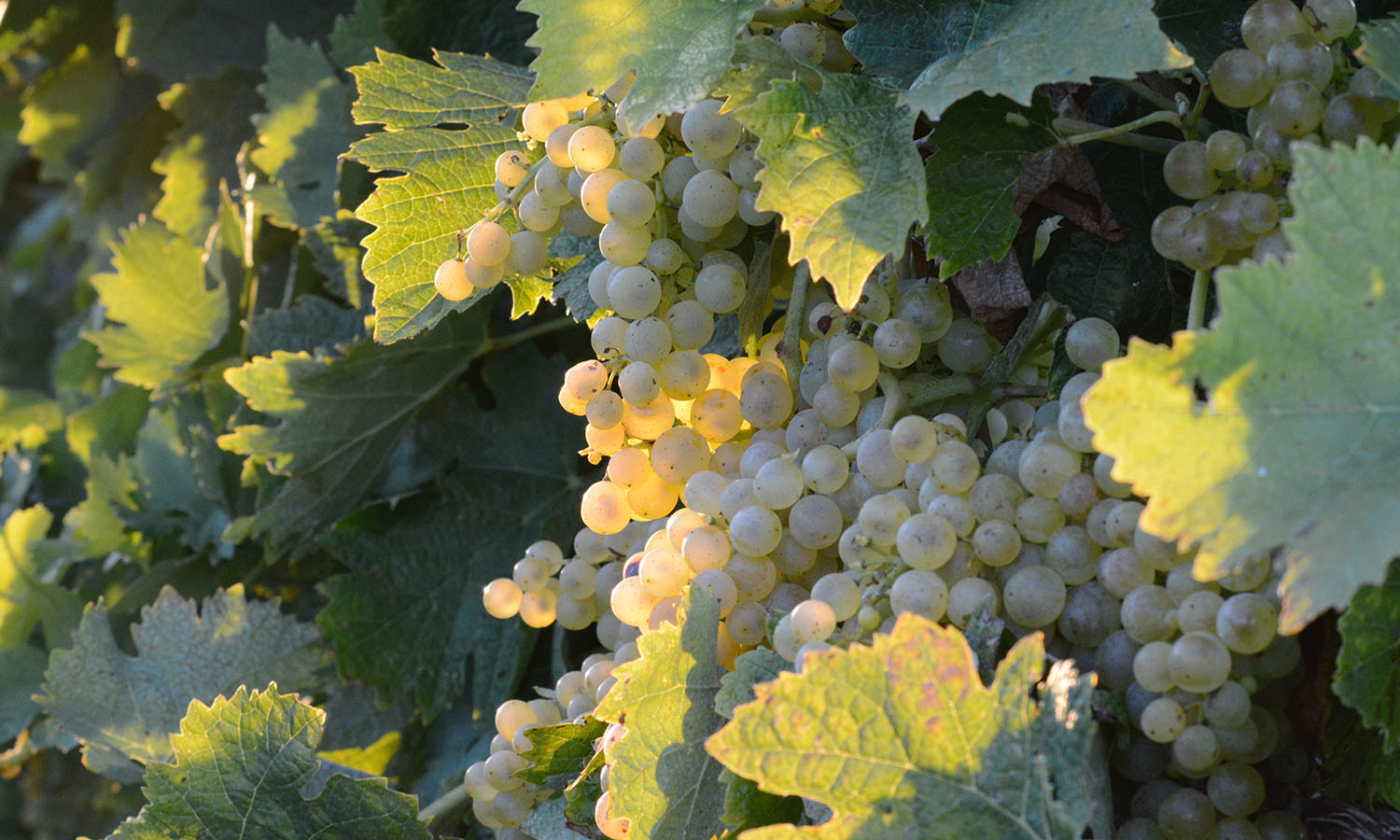
White Wines For Spring Salads
As counterintuitive as it may seem, acidity in food reduces the perception of acidity in wine. Acidic foods require high-acid wines, or else the wine will taste flat. For a salad dressed with a classic vinaigrette, for example, a high-acid wine such as a dry Riesling, Albariño or Sauvignon Blanc works best.
Our Sip Tips:
Preparing a salad with goat cheese? A crisp Sauvignon Blanc is the classic combination; try a Sancerre from the Loire Valley.
A heartier green such as arugula, perhaps tossed with pecans and apple, finds its match in an Austrian Grüner Veltliner, a grape variety often described as ‘green’ and ‘peppery’.
Balance out the slight bitterness and saltiness in this kale salad with feta by serving with a lemony Greek Assyrtiko – a grape that retains high acidity even when grown in hot, dry areas (such as in its native island of Santorini).
A crisp, cool-climate Chenin Blanc can stand up to this zingy, salty radish carpaccio.
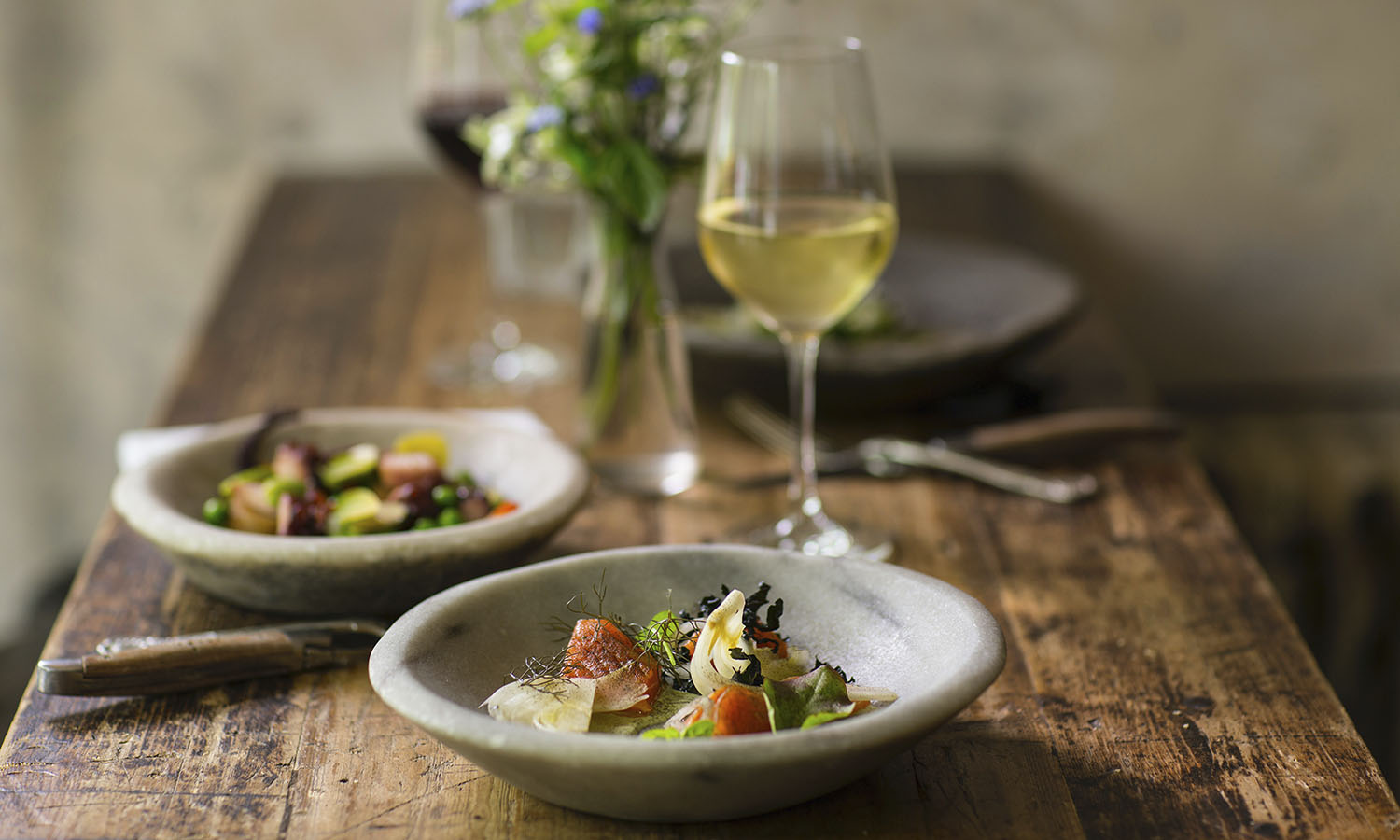
White Wines For Spring Veggies
When pairing wine with delicate spring vegetables, seek out wines with ‘green’, aka herbaceous or grassy notes. Think Sauvignon Blanc, Albariño or Grüner Veltliner.
Our Sip Tips:
The combination of an Arneis from Piemonte with deep-fried battered zucchini flowers is irresistible.
Consider a dry Pinot Gris with a lemony, green pea mash on toast.
The star of the spring market, artichokes are notoriously hard to pair with wine. It’s because cynarin, a compound in the thistle, can temporarily numb sweet receptors in our palate, which makes every next sip of wine seem extra sweet. Try a bone-dry, highly acidic white wine. These Roman-style artichokes are a match with a northern Italian Timorasso.
If you can find white asparagus, the classic German preparation with ham and Hollandaise sauce, in combination with a glass of Silvaner or Weissburgunder (Pinot Blanc), is quite the treat!
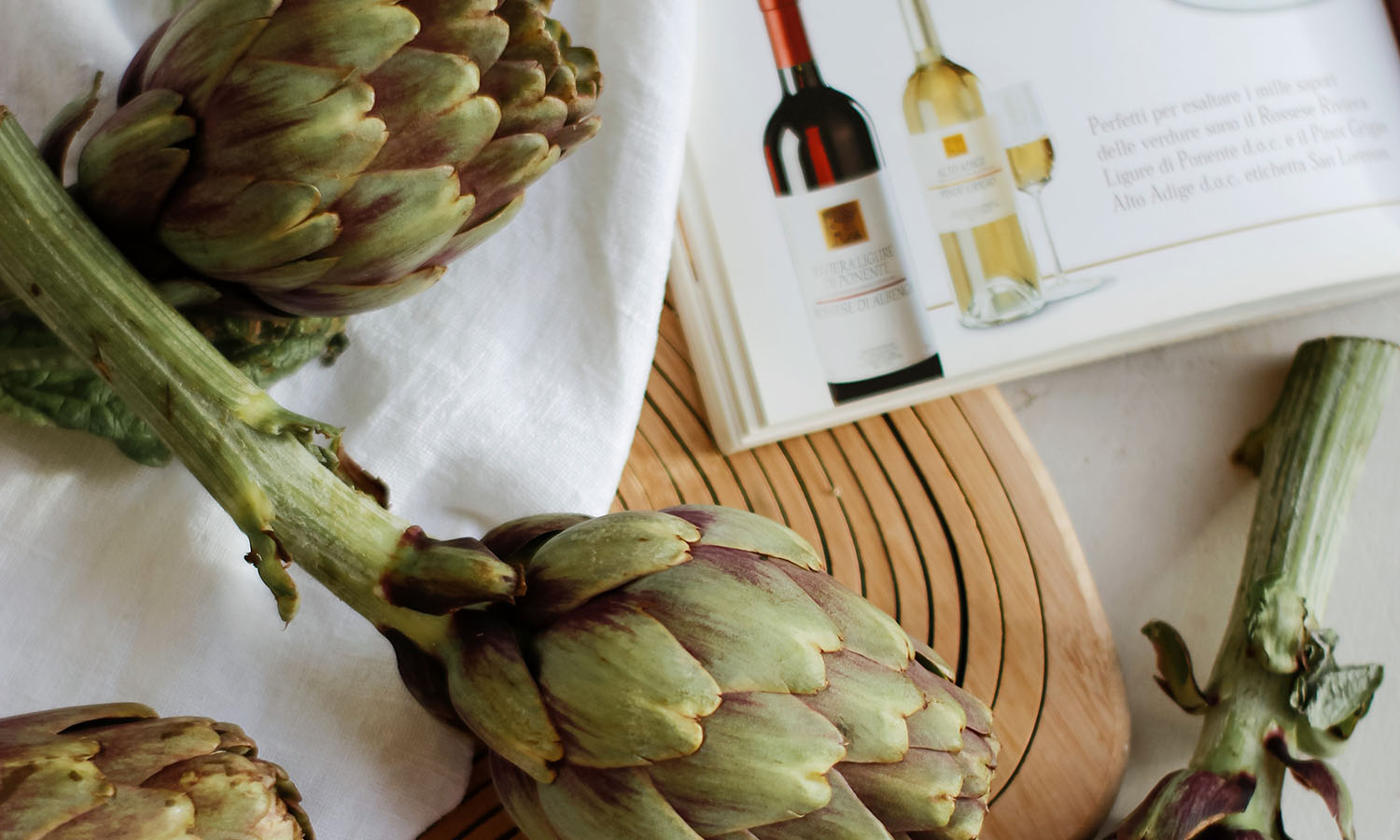
White Wine For Spring Seafood
We’re starting to sound repetitious, but balance is also key when pairing seafood and wine. Light, delicate fish without heavy sauces need light, delicate wines, while heavier, oilier fish can be paired with something fuller-bodied.
Our Sip Tips:
If you’ve never tried the classic combination of Muscadet (a wine made from Melon de Bourgogne) with fresh oysters, go ahead and try it. Its saline, mineral tones and high acidity match the mollusc nicely.
Fresh scallops with Serrano ham are a dream with a briny Albariño from Spain’s northwestern coast.
Prepare a wild rainbow trout in the oven and have it with a Godello, a variety grown in northwestern Spain with an exceptionally smoky minerality.
Txakoli, a bright Basque wine with a bit of fizz, is a great complement to salt-cured anchovies or fresh sardines.
If you can find fresh soft shell crab, buy and fry some, then pair it with an unoaked Chardonnay.
Serve creamy seafood linguine with a fuller-bodied Vinho Verde, a northern Portuguese wine made from Alvarinho grapes.
See what an aromatic Sauvignon Blanc from New Zealand does in combination with a whole grilled red snapper.
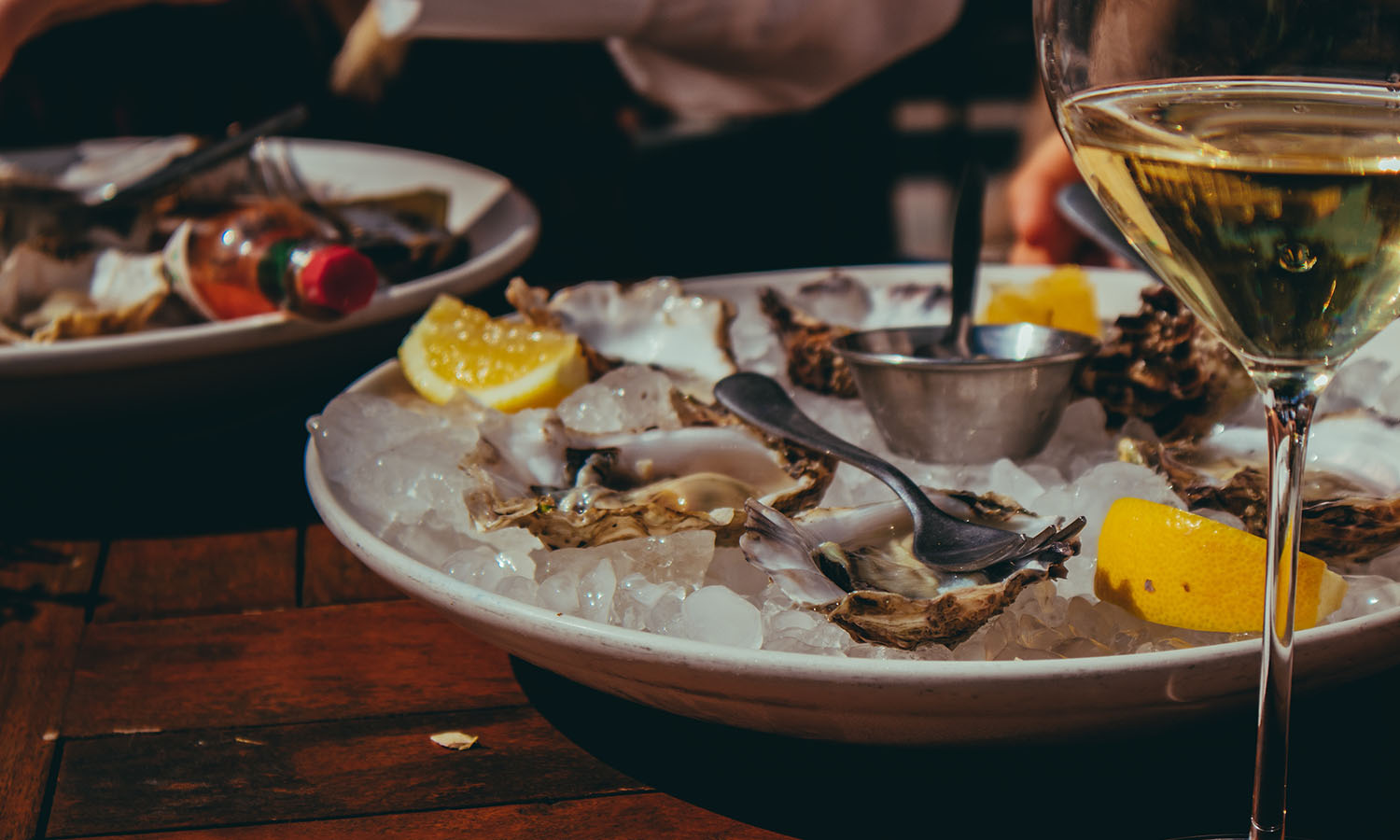
Don’t Rule Out Reds
Anyone who enjoys wine of the white or sparkling variety will be pleased so far, but what if you like reds best? Well, reds can be light and refreshing, too.
Unoaked Pinot Noir, Barbera or Grenache are a few grape varieties that produce lighter, less tannic wines best served slightly chilled (with about 15 to 20 minutes in the fridge before serving). A quick chill accentuates fruity aromas, while the alcohol doesn’t seem as pronounced.
Our Sip Tips:
A Lambrusco is a semi-sparkling wine from the Italian Emilia-Romagna region. Served cold, it’s a dream sipped alongside a charcuterie board or pizza with salty toppings such as prosciutto, anchovies or capers.
Try a spring lamb dish, such as grilled lamb chops, with a lively red offering a bit of an herbaceous undertone, such as a Cabernet Franc from the Loire Valley. If you’re braising a lamb shoulder, on the other hand, try it with a Chianti from Tuscany – a wine from Sangiovese which has a bright acidity to contrast the meat.
Another spring highlight is fresh mushrooms – which are a classic match with Cabernet Franc as well – on a bruschetta, for example. Or pair simple sautéed morel mushrooms with an earthy Pinot Noir.
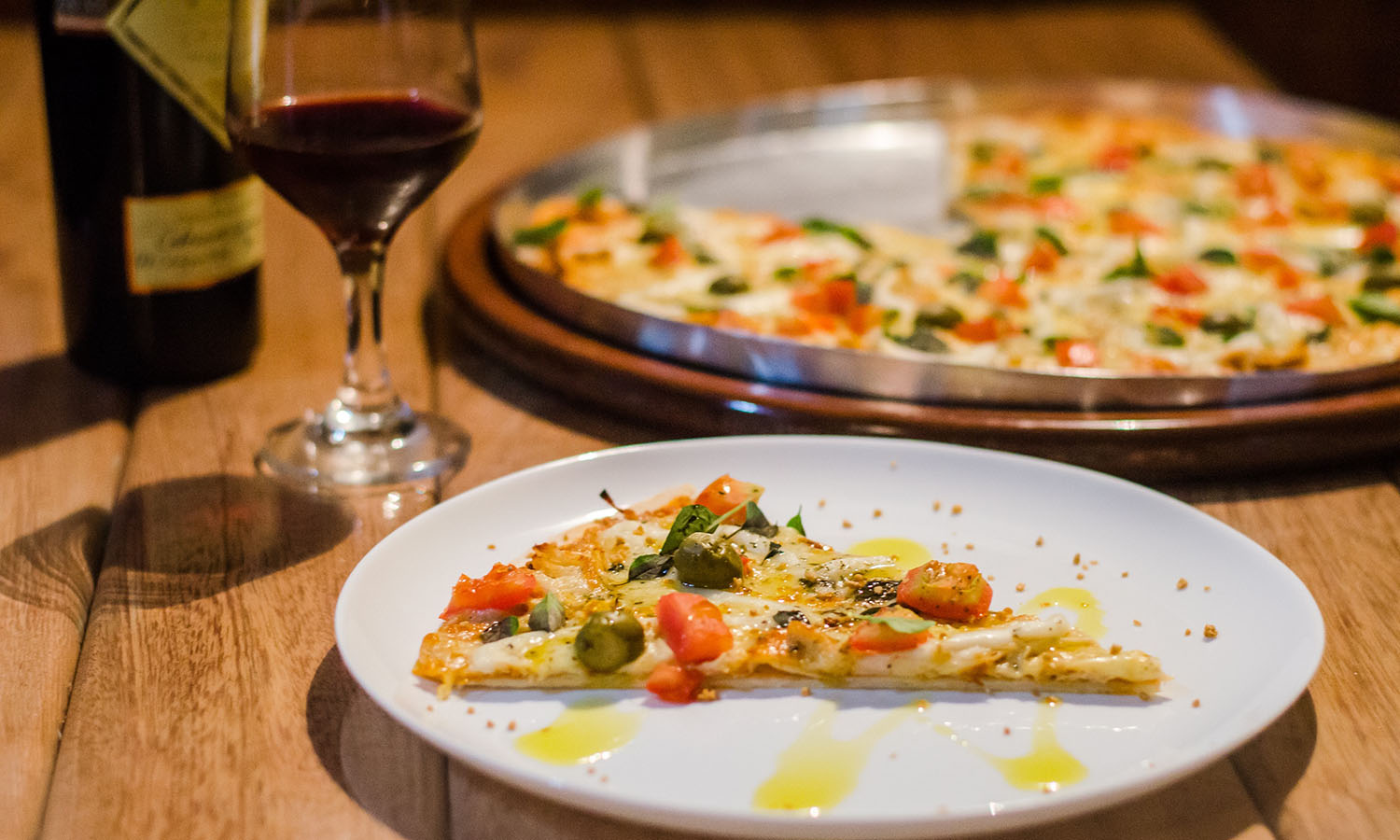
Finish On A Sweet Note
To end your spring extravaganza with festive flair, serve a sweet wine with your dessert.
Light, seasonal desserts featuring fresh fruit are usually a little easier to pair with sweet wine than rich or chocolatey desserts, and it’s all because of rule number one when pairing sweet wines with food: the wine and dessert need to have the same level of sweetness.
Pair a strawberry tart with a fruit-forward wine such as a Sauternes from the Bordeaux region, an almond-rhubarb cake with a Beerenauslese Riesling, or an apricot ricotta cheesecake with a southern Italian Passito di Pantelleria.



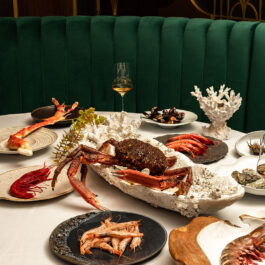










Sorry, the comment form is closed at this time.